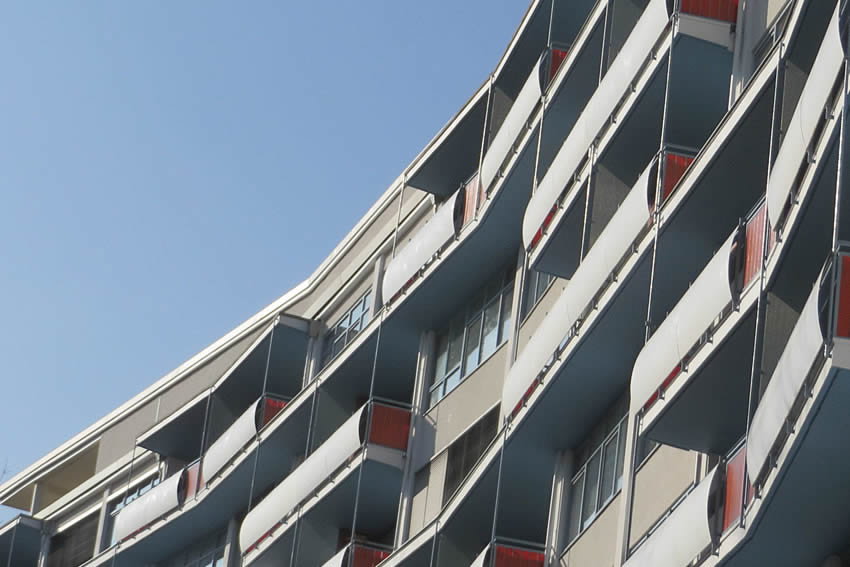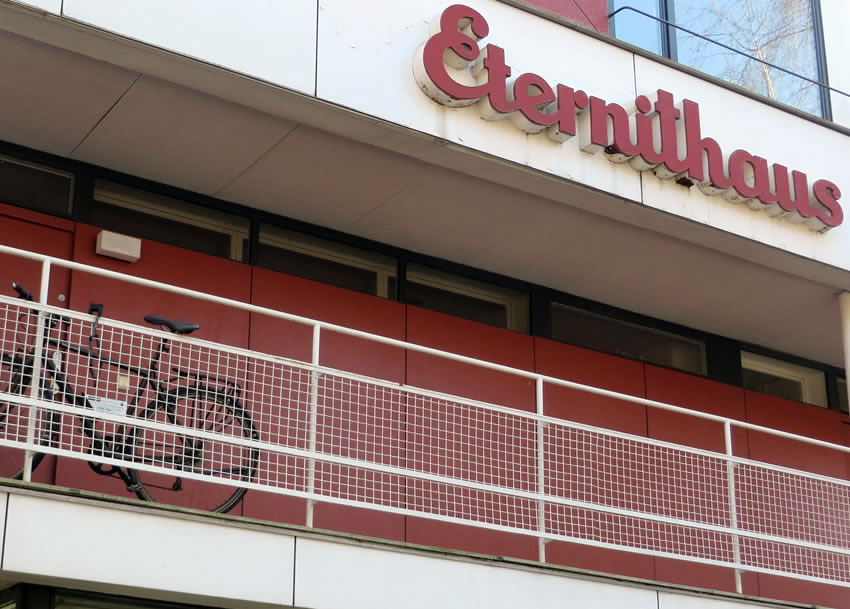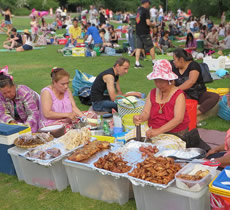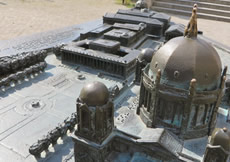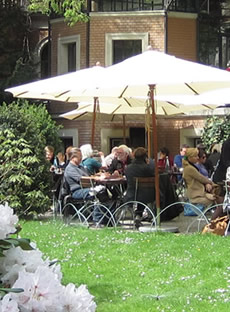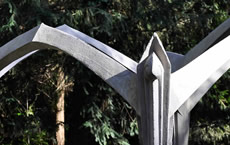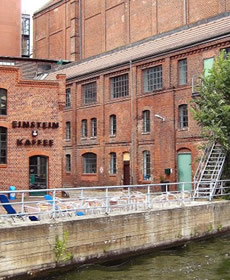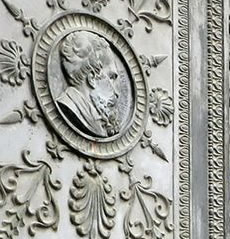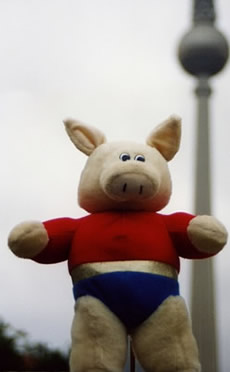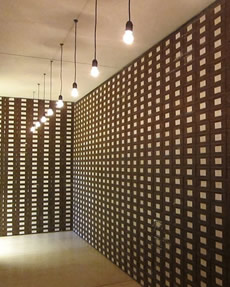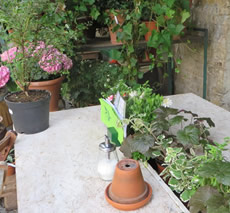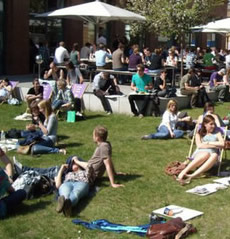Berlin
A living museum of modernist design: Berlin's Hansaviertel
Following the devastation of World War II, West Berlin's city planners were eager to create a new metropolis based on the latest architectural ideals.
And the Hansaviertel, a section of the city that had been laid almost entirely to waste by bombing, seemed the perfect place to start.
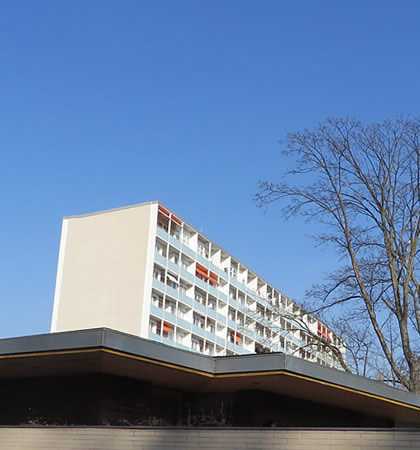
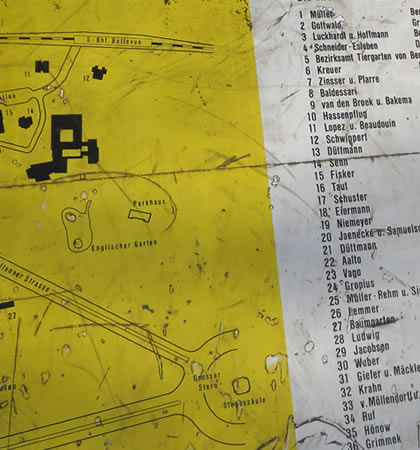
Designed by a stellar array of architects including Walter Gropius, Arne Jacobsen and Oscar Niemeyer, Berlin's 'city of tomorrow' was unveiled in 1957 under the auspices of the so-called 'Interbau', or International Building Exhibition.
Attended by over a million visitors, the first tenants moved in as the exhibition closed.
It's often said that plans for the Hansaviertel were influenced in part by East Berlin's own construction of an architectural showpiece: the grand thoroughfare of Stalin Allee (later Karl-Marx-Allee) which was built between 1951 and 1953.
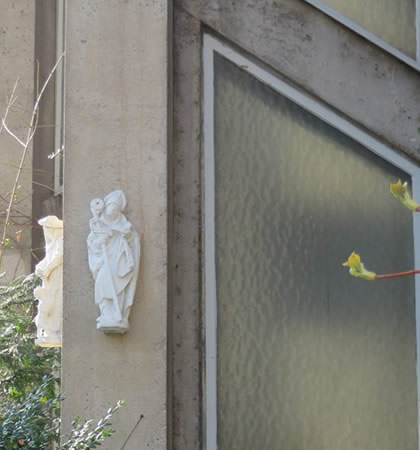
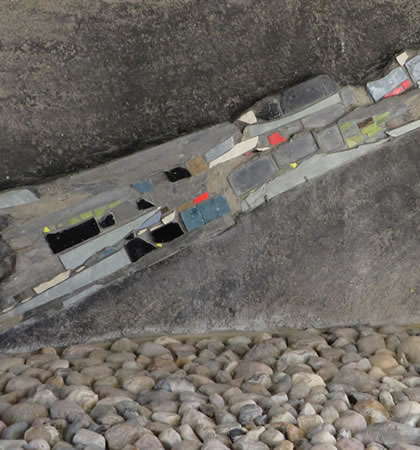
Yet while the socialists opted for a spectacular take on neoclassic monumentality, the Hansaviertel was far more cutting-edge, replacing the crowded quarters of Berlin's past with up-to-the-minute design and the newest urban ideals.
The mixed density (though predominantly high-rise) housing was surrounded by lush, park-like space interspersed with neighbouring amenities such as a library, theatre and two new churches.
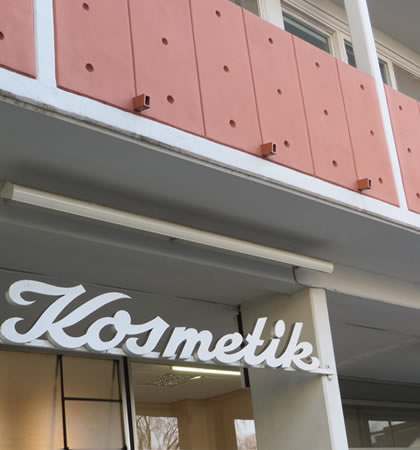
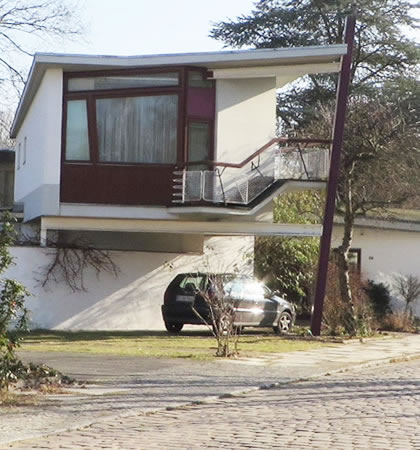
And even if these days the Hansaviertel seems something of a sleepy, time-trapped relic, the entire ensemble is protected as a rich conglomeration of architecture by 20th century luminaries, as well as a classic example of utopian, 1950s planning.
This is how the future looked, half a century ago.
Tip: the low-rise single-family homes clustered around Händelallee are a particular delight. Look out for a semi-concealed, cobbled cul-de-sac containing exemplary works by Arne Jacobsen, among others.
See also:
Where the Karl-Marx-Allee began
An architectural highlight, canteen attached
A modernist church
A gas lamp museum
Hitler's architect
Further facts
Over 90 per cent of the Hansaviertel's former housing stock was destroyed in the war, and rubble from the district's ruins was allegedly incorporated into many of the new housing blocks. It's said by locals that it's still impossible to dig into any of the area's green spaces without turning up a remnant of the 19th century homes that once stood here.
Interbau architectural development: vicinity of Hansaplatz Metro, 10557 Berlin
